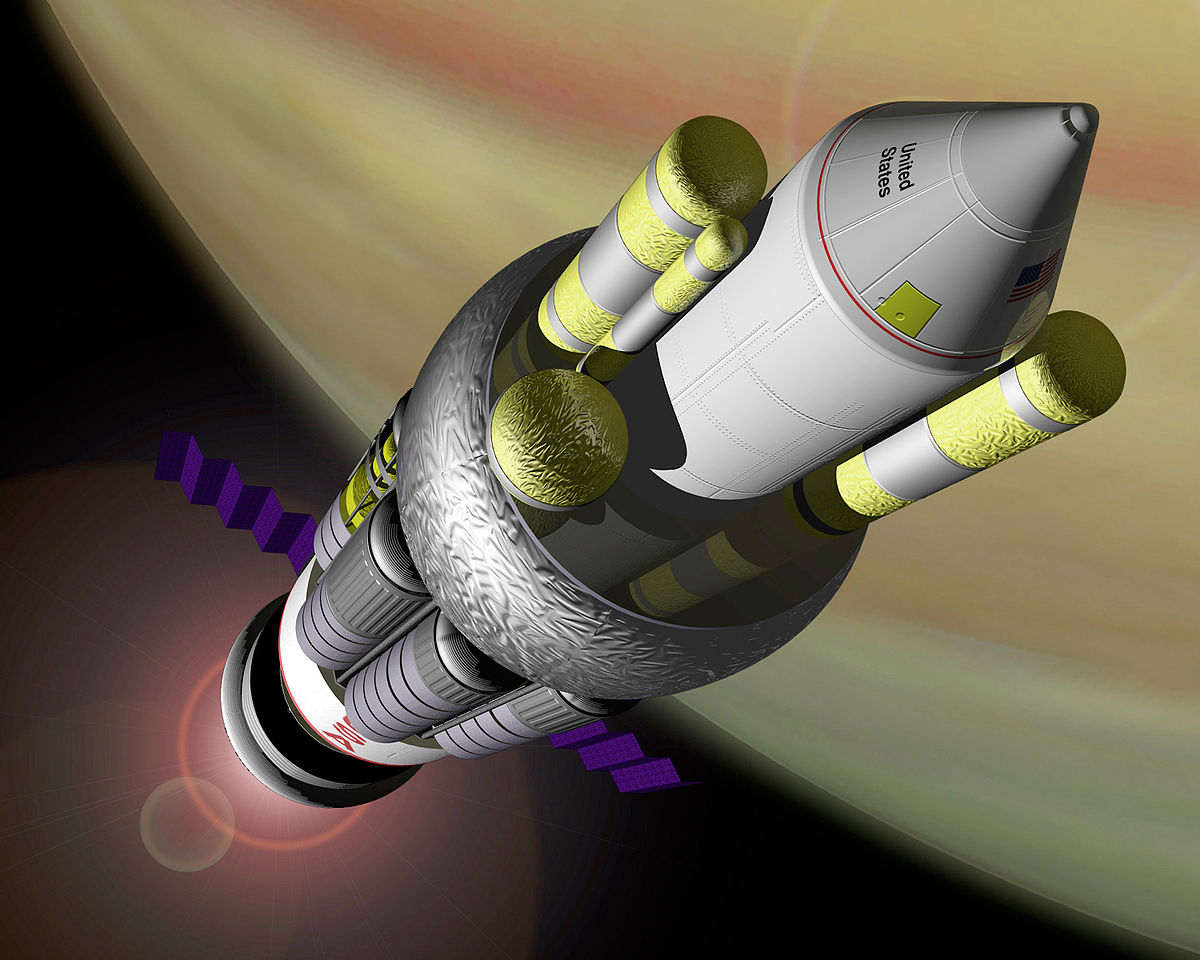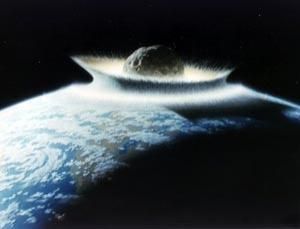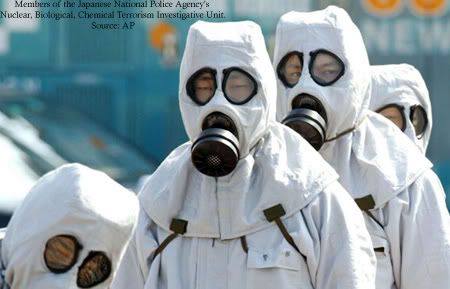Feb 19, 2010
Small steps that can make difference on global catastrophes
Posted by Alexei Turchin in category: existential risks
Danila Medvedev asked me to make a list of actual projects that can reduce the likelihood of global catastrophe.
EDITED: This list reflects only my personal opinion and not opinion of LF. Suggeted ideas are not final but futher discussion on them is needed. And these ideas are mutual independed.
1. Create the book “Guide to the restoration of civilization”, which describe all the necessary knowledge of hunting, industry, mining, and all the warnings about the risks for the case of civilization collapse.Test its different sections on volunteers. Print the book in stone / metal / other solid media in many copies throughout the world. Bury treasure with the tools / books / seeds in different parts of the world. 1–100 million USD. Reduction of probability of extinction (assuming that real prior probability is 50% in XXI century): 0.1%.
2. Collect money for the work of Singularity Institute in creating a Friendly AI. They need 3 million dollars. This project has a maximum ratio of the cost-impact. That is, it can really increase the chances of survival of humanity at about 1 percent. (This is determined by the product of estimates of the probabilities of events — the possibility of AI, what SIAI will solve this problem, the fact that it chooses the problem first, and that it solves the problem of friendliness, and the fact that the money they have will be enough.)
3. Krisave in the ice of Antarctica (the temperature of −57 C, in addition, you can create a stable region of lower temperature by use of liquid nitrogen which would be pumped and cooled it) a few people, so that if on earth there another advanced civilization, it could revive them. cost is several million dollars. Another project on the preservation of human knowledge in the spirit of the proposed fund by LongNow titanium discs with recorded information.
4. Send human DNA on the moon in the stable time capsule. Several tens of millions of dollars. You can also send the criopreserved human brain. The idea here is that if mankind would perish, then someday the aliens arrive and revive people based on these data. Expenses is 20–50 million dollars, the probability of success of 0.001%. Send human DNA in space in other ways.
5. Accelerated development of universal vaccines. Creation of the world’s reserves of powerful means of decontamination in the event of a global epidemic, the stockpiling antvirus drugs and vaccines to the majority of known viruses, which would be enough for a large part of humanity. Establishment of virus monitoring and instant diagnosis (test strips). Creation and production of many billions of pieces of advanced disinfecting tools such as personal UV lamps, nanotech dressing for the face, gloves, etc. The billions or hundreds of billions of dollars a year. Creating personal stockpiles of food and water at each house for a month. Development of supply system with no contact of people with one another. Jump to slow global transport (ships) in the event of a pandemic. Training of medical personnel and the creation of spare beds in hospitals. Creating and testing on real problems huge factories, which in a few weeks can develop and produce billions of doses of vaccines. Improvement of legislation in the field of quarantine. There are also risks. Increase the probability of survival 2–3 percent.
6. Creating a self-contained bunker with a supply of food for several decades and with the constant “crews”, able to restore humanity. About $ 1 billion. Save those types of resources that humanity could use the post-apocalyptic stage for recovery.
7. The creation of scientific court for Hadron Collider and other potentially dangerous projects, in which the theoretical physicist will be paid large sums of money for the discovery of potential vulnerabilities.
8. Adaptation of the ISS function for bunker in case of disasters on Earth — the creation of the ISS series of additional modules, which may support the existence of the crew for 10 years. Cost is tens of billions of dollars.
9. Creation of an autonomous self-sustaining base on the Moon. At the present level of technology — about $ 1 trillion or more. Proper development of strategy of space exploration would cheapen it — that is, investments in new types of engines and cheap means of delivery. Increase survival by 1 percent. (But there are also new risks).
10. The same is true on Mars. Several trillion. Increase survival of 1–2 per cent.
11. Creating star nuclear Ark ship- — tens of trillions of dollars. Increase survival of 1–2 per cent.
12. (The following are items for which are not enough money, but political will is also needed.) Destruction of rogue states and the establishment of a world state. 10 percent increase in survival. However, the high risks in the process.
13. Creating a global center for rapid response to global risks. Something like Special Forces or the Ministry of Emergency Situations, which can throw on the global risks. Enable it to instant action, including the hostilities, as well as intelligence. Giving its veto on the dangerous experiments. Strengthening of civil defense in the field.
14. The ban on private science (in the sense in the garage) and the creation of several centers of certified science (science town with centralized control of security in the process) with a high level of funding of breakthrough research. In the field of biotechnology, nuclear technology, artificial intelligence and nano. This will help prevent the dissemination of knowledge of mass destruction, but it will not stop progress. It is only after the abolition of nation states. A few percent increase in survival. These science towns can freely exchange technical information between themselves, but do not have the right to release it into the outside world.
15. The legislation required the duplication of a vital resource and activities — which would make impossible the collapse of civilization in a domino effect on failure at one point. The ban on super complex system of social organization, whose behavior is unpredictable and too prone to a domino effect, and replace them on the linear repetitive production system — that is, opposition to economic globalization.
16. Certification and licensing researchers in bio, nano, AI and nuclear technologies. Legislative requirement to check all their own and others’ inventions for the global risks associated with them, and the commitment to develop both a means of protection in the event of their inventions go out of control.
17. Law on raising intelligence of people half the population of fertilization from a few hundred of the best fathers in terms of intelligence and common sense and dislike of the risks. (Second half of the breed in the usual manner to maintain genetic diversity, the project is implemented without violence due to cash payments.) Plus education reform, where the school is replaced by a system of training, which given the important role of good sense and knowledge of logic.
18. Limitation of capitalist competition as the engine of the economy, because it leads to an underestimation of risk in the long term.
19. Leading investment in the field like nanotechnology breakthrough in the best and most critical facilities, to quickly slip dangerous period.
20. The growth of systems of information control and surveillance of the total, plus the certification data in them, and pattern recognition. Control of the Internet and the personal authorization for network logons. Continuous monitoring of all persons who possess potentially dangerous knowledge.
This could be creating a global think tank from the best experts on global risks and the formulation of their objectives to develop a positive scenario. Thus it is necessary to understand which way to combine these specialists would be most effective, so A) they do not eat each other because of different ideas and feelings of their own importance. B) that it does not become money feedbox. B) but that they received money for it, which would allow them to concentrate fully on this issue. That is, it should be something like edited journal, wiki, scientific trial or predictions market. But the way of association should not be too exotic, as well as exotic ways should be tested on less important matters.
However, the creation of accurate and credible for all models of the global risk would reduce by at least twice the probability of global catastrophe. And we are still at the stage of creating such a model. Therefore, how to create models and ways of authentication are now the most important, though, may have already been lost.
I emphasize that the main problems of global risks lies within the scope of knowledge, rather than to the sphere of action. That is the main problem that we do not know where we should prepare, not that we do not have instrument of defence. Risks are removed by the knowledge and expertise.
Implementation of these measures is technically and economically possible and could reduce the chance of extinction in the XXI century, in my estimation, 10 times.
Any ideas or missed projects?
 It is interesting to note that the technical possibility to send interstellar Ark appeared in 1960th, and is based on the concept of “Blust-ship” of Ulam. This blast-ship uses the energy of nuclear explosions to move forward. Detailed calculations were carried out under the project “Orion”.
It is interesting to note that the technical possibility to send interstellar Ark appeared in 1960th, and is based on the concept of “Blust-ship” of Ulam. This blast-ship uses the energy of nuclear explosions to move forward. Detailed calculations were carried out under the project “Orion”. 










